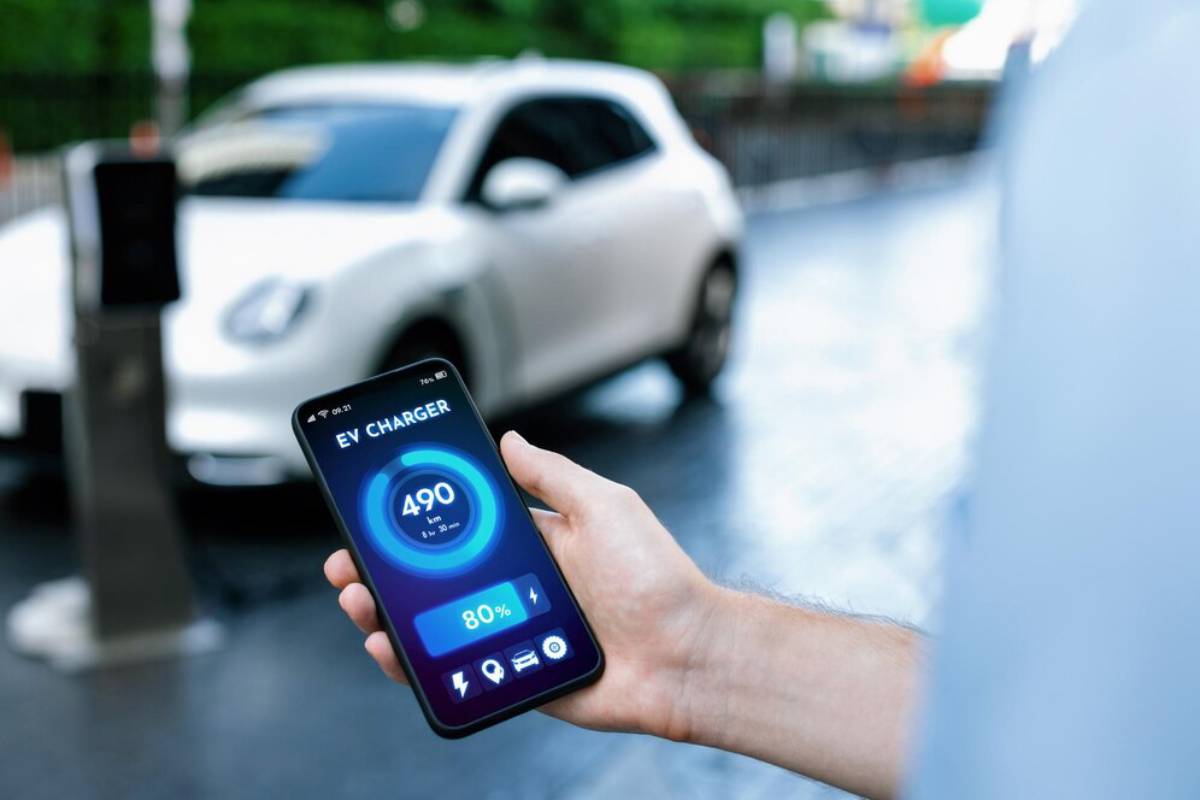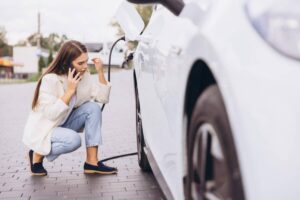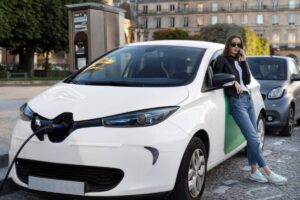The Automobiles & Vehicles Blog

What to Look for During an EV Test Drive
So, you’re thinking about joining the electric revolution — good on you! Whether it’s for the environment, the savings, or the futuristic tech, electric vehicles (EVs) are no longer a fringe option. They’re mainstream, sleek, and increasingly affordable. But here’s the catch: an EV drives and behaves quite differently from a petrol or diesel vehicle.
That’s why taking a proper test drive — not just a quick lap around the dealership — is crucial. It’s your one shot to ensure the car feels right for you, works for your lifestyle, and performs to your expectations.
In this guide, we’ll walk you through a comprehensive electric car test drive checklist, help you understand key areas of EV inspection, and show you how to perform an EV performance test properly. Think of this as your EV wingman — smart, honest, and experience-backed.
Why Test Driving an EV is Different
Electric Torque Is Instant
Unlike petrol vehicles, EVs deliver torque the moment you press the pedal. It’s exhilarating — but it can catch you off guard if you’re not ready. Your test drive should let you feel this power in a controlled, safe way.
Regenerative Braking Changes the Game
Most EVs come with regenerative braking, which slows the car as soon as you lift your foot off the accelerator. It’s clever, energy-saving, and takes getting used to.
Range Anxiety is Real — And Avoidable
Driving style, terrain, and even weather can affect range. That’s why it’s important to evaluate real-world efficiency during your test drive.
The Ultimate Electric Car Test Drive Checklist
Let’s get practical. Here’s a checklist to guide your EV test drive like a pro:
Before You Start Driving
- Charge Level and Range Estimate: Check how much charge is in the battery and what range it predicts. Then compare that to the manufacturer’s claim — discrepancies can be telling.
- Dashboard and Infotainment System: Familiarise yourself with the interface. Is it intuitive? Can you easily find battery status, range, and navigation?
- Seating Position and Visibility: Adjust the seat and mirrors. How’s the comfort, headroom, and line of sight?
- Interior Build Quality: Tap the dashboard. Open and shut compartments. Is it all solid and premium-feeling or a bit plasticky?
- Boot Space and Rear Seating: Rear legroom and boot shape can vary widely, especially in compact EVS. Bring a suitcase or child seat to see how it really fits.
During the Drive
Acceleration and Handling
- How quickly does it pick up speed? Try 0–30mph and 0–60mph. It should feel smooth and responsive, not jerky.
- Does the car hold steady on corners or lean awkwardly? EVs carry their weight differently because of heavy battery packs — test on both sharp and sweeping curves.
Ride Comfort and Noise
- How smooth is the ride over bumps and potholes? Some EVs have stiff suspensions for efficiency; others lean into comfort.
- Is the cabin quiet at 30mph? What about 60mph? Without an engine, wind and tyre noise become more noticeable.
Braking Feel
- Test both standard and regenerative braking See if the brake pedal is predictable or feels “grabby.” In one-pedal driving modes, can you comfortably stop without touching the brakes?
Tech Features in Action
- Try cruise control, lane assist, and parking cameras Tech is a major EV selling point. Make sure it’s not overly sensitive or clunky.
Realistic Conditions
- Drive uphill, downhill, and in stop-start traffic You want to mimic your actual driving habits — don’t just cruise in a straight line.
Post-Drive EV Inspection
Once you’ve completed your route, do a quick inspection of the car with these in mind:
Battery Health

- Ask the dealer about battery age and degradation A typical EV battery degrades around 2-3% a year. Some apps or onboard diagnostics can show battery health scores.
- Check the charging history (if used) Frequent fast charging can degrade battery health over time.
Charging Compatibility
- Confirm plug type and charging speed Is it Type 2, CCS, or CHAdeMO? Can it fast-charge at 100kW+? Ask to see the charging port and cable condition.
- Try a mock charging session if possible Even just plugging into a charger shows how intuitive — or annoying — the process is.
Software and OTA Updates
- Does the car get regular software updates? EVs are often updated over-the-air (OTA), improving performance and features without a trip to the garage.
Expert Tips to Maximise Your EV Test Drive
1. Bring a Passenger
Ask a friend or partner to come along. They’ll notice things you might miss and give feedback on ride comfort from the passenger seat.
2. Time It Right
Request a minimum of a 45-minute test drive. Ideally, take the car home overnight. Some dealerships now offer 24–72 hour trials.
3. Compare Multiple Models
Try at least two EVs in your price range. The feel between a compact hatchback and a crossover SUV is night and day.
4. Check for App Integration

Download the vehicle’s app and test features like climate control, preconditioning, remote lock/unlock, and live charging stats.
5. Consider a Wet Weather Drive
If it’s raining — even better. You’ll get to test wiper performance, demisting, and how well the car handles slippery roads.
Common Red Flags During an EV Test Drive
Watch out for:
- Poor brake feel or unexpected lurching
- Laggy infotainment or touchscreen glitches
- Inaccurate range estimates compared to actual driving
- Noisy cabin at modest speeds
- Limited visibility or uncomfortable blind spots
If the car leaves you stressed or underwhelmed, trust your instincts. It may not be the one.
Real-World Anecdote: Lucy’s Test Drive Surprise
Lucy, a first-time EV buyer from Bristol, booked a test drive for a flashy electric SUV. It looked perfect on paper — great range, sleek design, full of tech. But 10 minutes into the test drive, she noticed the infotainment froze twice, and the brakes felt oddly mushy in traffic.
She later tested a smaller hatchback from a rival brand. Not only was it smoother and more fun to drive, but the interior tech felt polished — and her dog loved the boot space.
Lesson? A test drive shows you what brochures can’t.
Test Drive to Decide, Not Just to Try
Choosing an EV is a major decision — and an exciting one. But it’s not all about spreadsheets and specs. How it feels when you’re behind the wheel matters most. That’s why a well-planned test drive, backed by the right checklist, can be your best decision-making tool.
By following this electric car test drive checklist, evaluating critical EV inspection points, and conducting a real-world EV performance test, you’ll gain the confidence to either say “yes” or keep searching.









